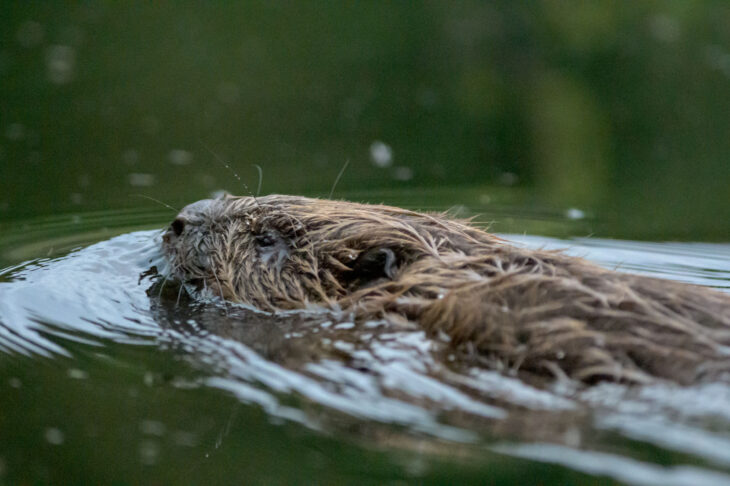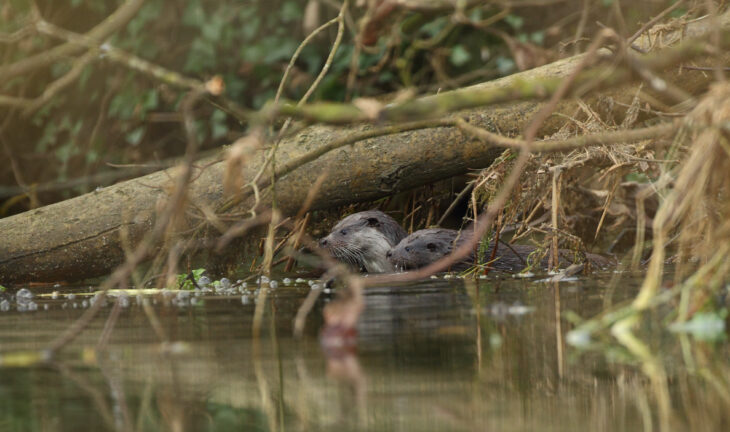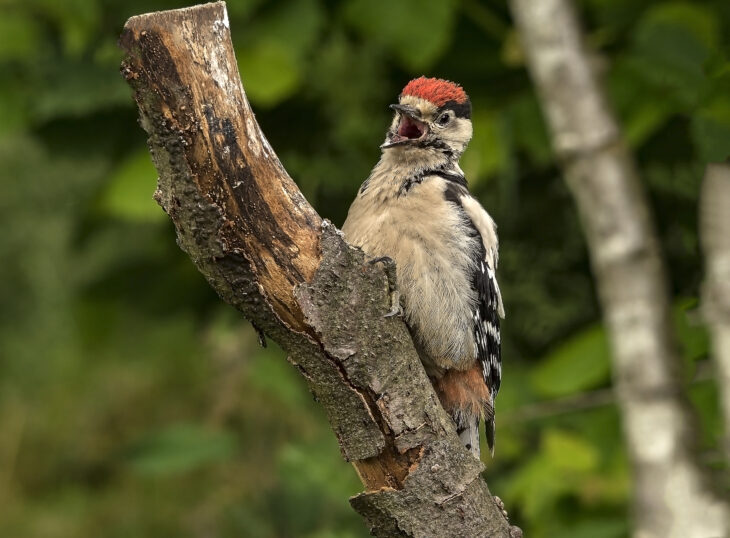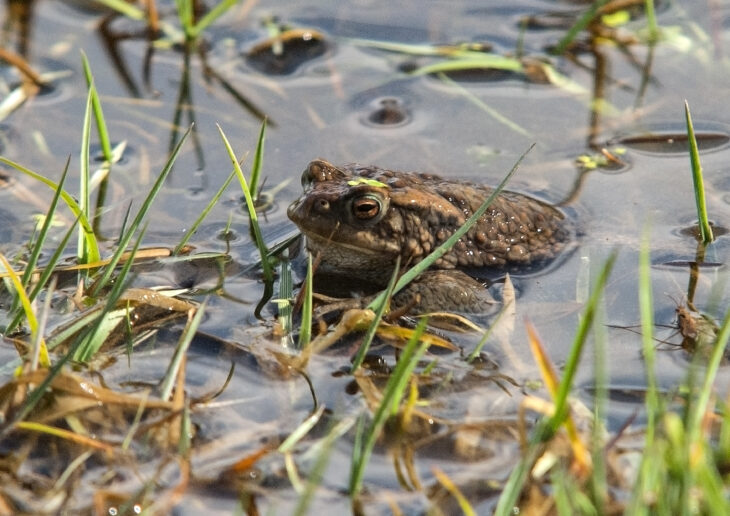How returning beavers to Scotland can benefit a wide range of wildlife
World Wildlife Day is celebrated by the United Nations each year on 3 March. This year the theme is ‘Recovering key species for ecosystem restoration’.

In Scotland, the species with the greatest potential to restore ecosystems is the Eurasian beaver. Beavers are important ecosystem engineers which have a remarkable ability to alter the landscape and create new habitats for a huge range of wildlife.
After an absence of more than 400 years, beavers were officially reintroduced to Scotland in 2009 through the Scottish Beaver Trial, a partnership between the Scottish Wildlife Trust, Royal Zoological Society of Scotland and Forest and Land Scotland.
Today there are around 1,000 beavers in Scotland. The range of the species is slowly increasing but it is concentrated on Knapdale Forest (the site of the Scottish Beaver Trial) and the Tay and Forth catchments. This population is still fragile and the Mammal Society classes the species as endangered in Scotland.
There are more than 100,000 hectares of woodland which are ecologically suitable for beavers, including large areas of the Highlands and the South of Scotland where they could exist without causing conflict with other land uses.
Here are some of the species that could benefit from a thriving and widespread population of beavers.

Otters
Beavers build dams from branches and mud. These dams form natural ponds which can teem with frogs, water birds and fish. This is the perfect hunting ground for otters. Otters that have freshwater ranges have very large territories, with males needing around 32km of river and females needing 20km. They are reliant on clean water with plenty of food across this range. Abandoned beaver lodges may also offer important shelters.
Water voles
Beaver ponds are also an ideal habitat for water voles. These aquatic rodents need calm waters with lots of vegetation in and out of the water. Beavers naturally thin trees and shrubs on the banks of ponds, something which is already recommended to land managers who want to improve habitat for water voles.
Predation by non-native American mink has led to the disappearance of water voles from a number of rivers in Scotland. Interestingly, reports from Patagonia and Russia show mink may avoid habitats that have been modified by beavers, something that could offer benefits to water voles.

Woodpeckers
New beaver ponds can flood relatively extensive areas, causing trees to become saturated with water and die. While this might seem like a negative effect, deadwood is a vital part of a forest ecosystem, supporting a wide range of life. Woodpeckers forage by drilling holes in dead wood to uncover invertebrates. They also make their nests by excavating holes in dead and decaying trees. Woodland birds including nuthatches, a relatively new arrival to Scotland, and owls are also likely to benefit from more standing dead trees within woodlands.
Common cranes
Another species which became extinct around 400 years ago, cranes are thought to have reappeared in Scotland from Scandinavia. They first successfully bred in Aberdeenshire in 2012. Today there are around 20 pairs. Cranes nest within large areas of marsh and other wetlands. The wet woodland and willow scrub created by beavers may provide suitable nesting sites for an expanding number of cranes.
White-tailed eagles
While the popular name ‘sea eagle’ suggests they live solely on the coast, in much of Europe these huge birds of prey nest inland with waterfowl (birds such as ducks and geese) forming a large part of their diet. White-tailed eagles could benefit from the increase in wetlands created by a thriving population of beavers, due to the resulting increase in waterfowl.

Amphibians
Where there are healthy ponds and wetlands, there are often healthy numbers of frogs, toads and newts. Large numbers of ponds were destroyed in Scotland in the 20th Century, leading to a decline in amphibians. Beavers can help reverse this trend by creating new ponds, alongside wet woodland and other habitats which could host thriving populations of amphibians.
Find out more
The information in this blog is sourced from the following reports, which explain the effect of beavers on a range of species in more detail.
- Beavers in Scotland – A Report to the Scottish Government
- The impacts of beavers Castor spp. on biodiversity and the ecological basis for their reintroduction to Scotland
Help protect Scotland’s wildlife
Our work to save Scotland’s wildlife is made possible thanks to the generosity of our members and supporters.
Join today from just £4 a month to help protect the species you love.
Preface
World Wildlife Day is celebrated by the United Nations each year on 3 March. This year the theme is ‘Recovering key species for ecosystem restoration’. In Scotland, the species with …
